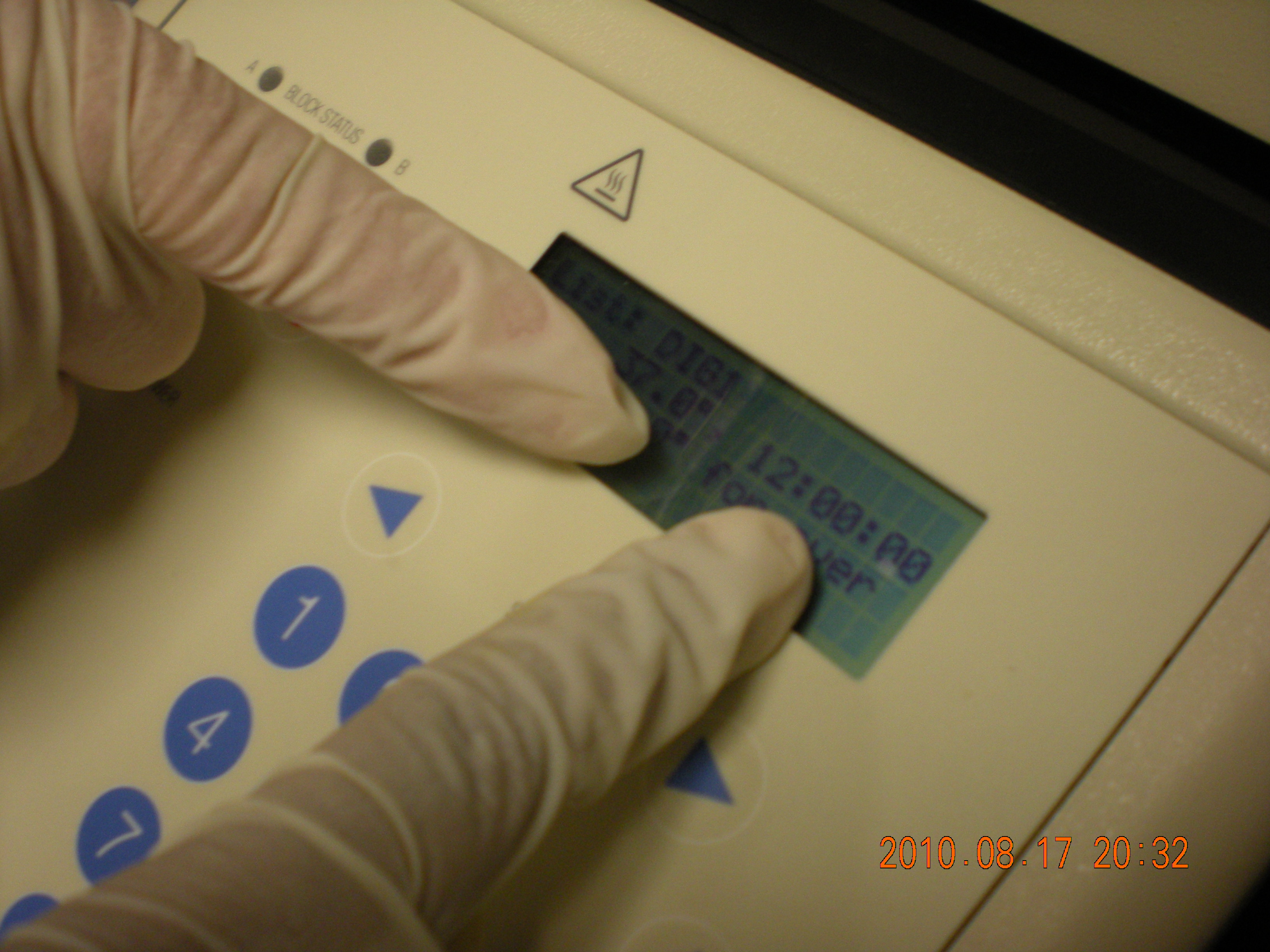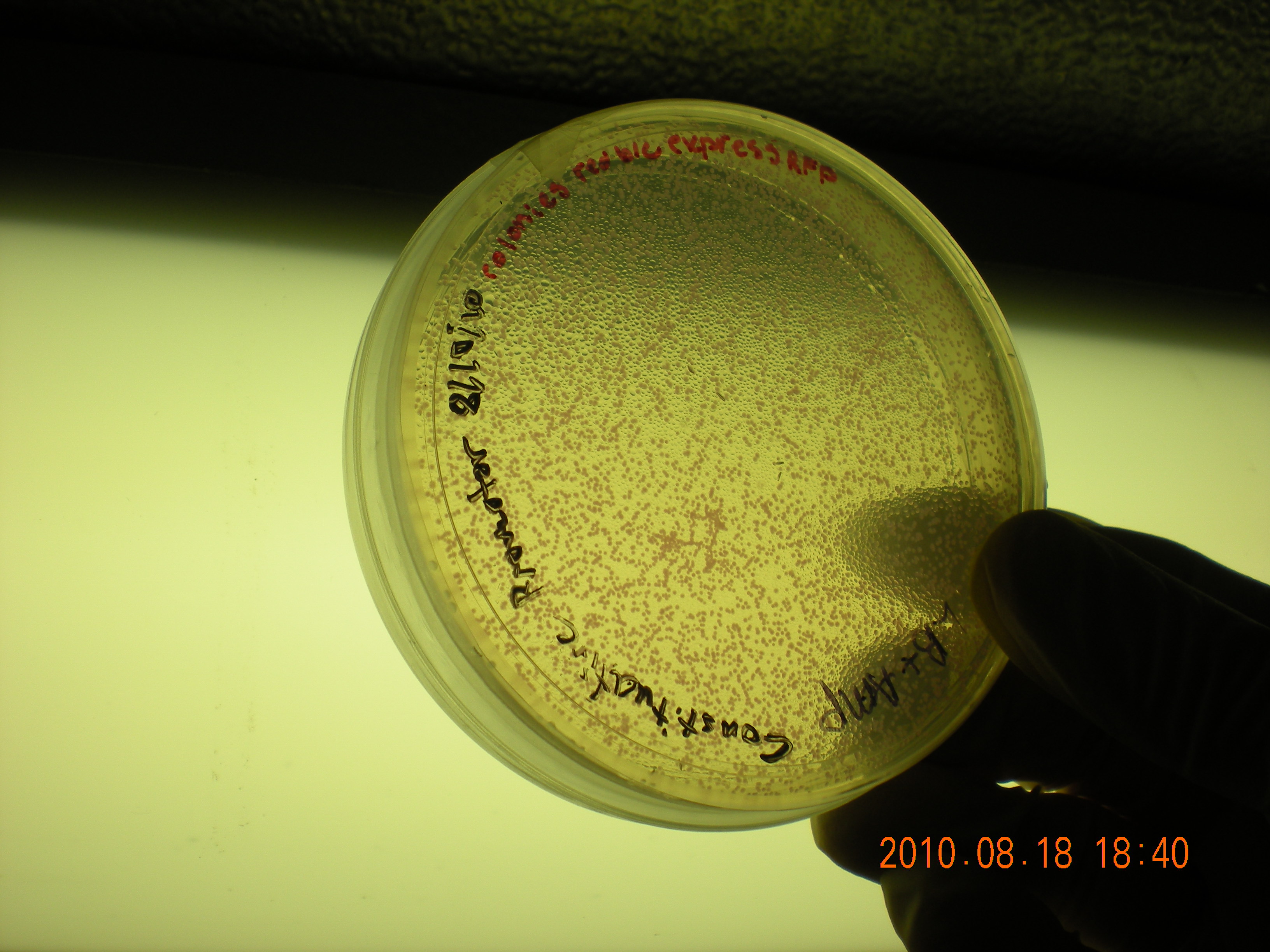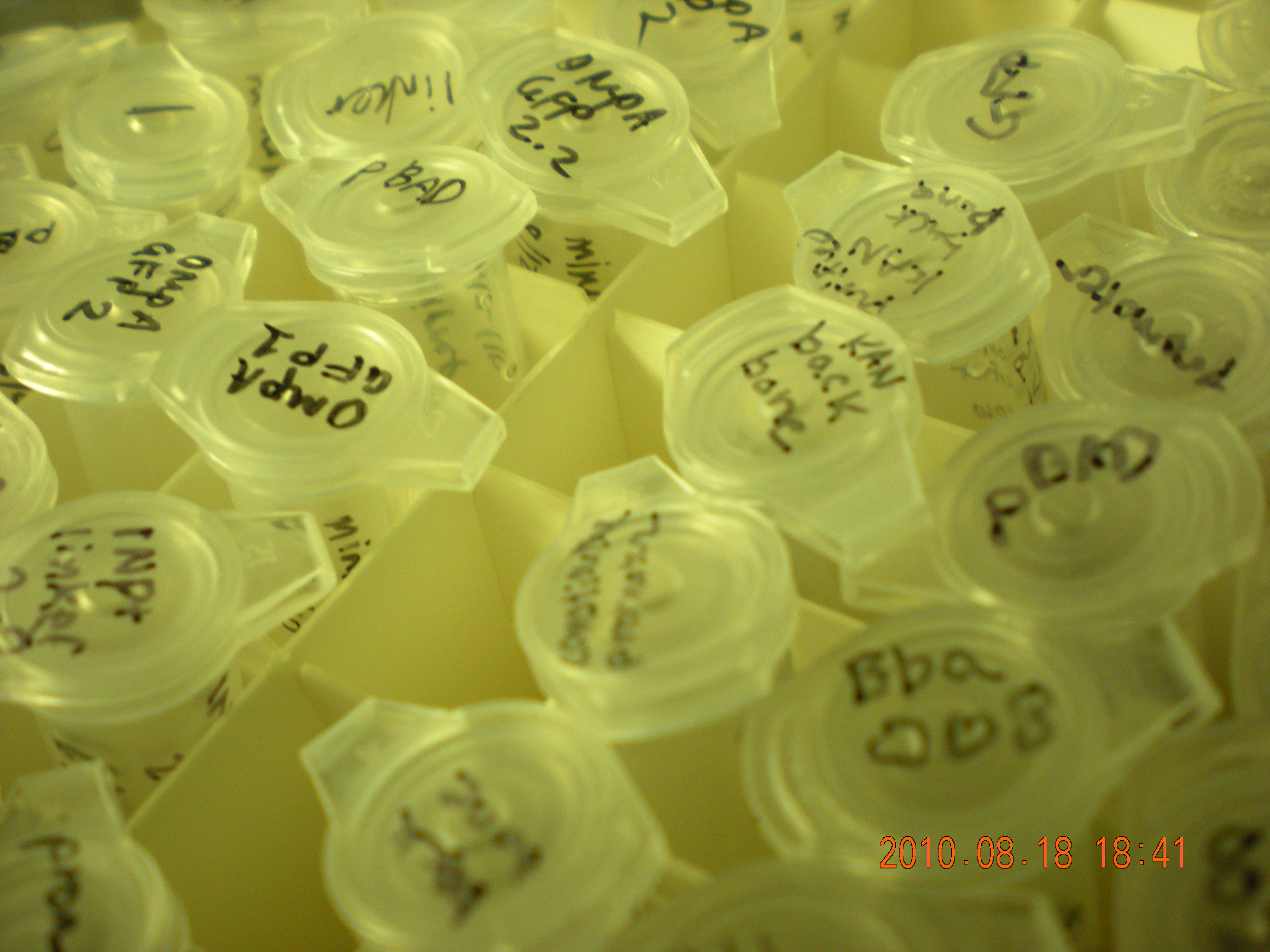Team:Michigan/Safety
From 2010.igem.org
Safety Questions1. Would any of your project ideas raise safety issues in terms of:
Because the HyBi project is in a controlled environment and will not be used outside the lab, that project should not raise significant safety issues. The oil sands project involves only purely environmental strains of Pseudomonas. However, it introduces the concern of releasing engineered strains into the environment. In this case, "environment" is the relatively isolated tailings pond. 2. Do any of the new BioBrick parts (or devices) that you made this year raise any safety issues? If yes,
Uropathogenic E. coli use pili to promote urinary tract infections, however our E. coli strains are strictly nonpathogenic and shouldn't lead to safety issues. The Ag43 part is a gene found in most strains of E. coli. It is involved in autoaggregation and attachment to surfaces, including biotic surfaces such as the human intestinal epithelium. Some studies have identified possible mechanisms by which Ag43 may be involved in or enhance pathogenicity of E. coli. We intend to clone this part into Pseudomonas fluorescens and Pseuodomonas putida, which are non-pathogenic strains, so this cloning shouldn't raise any safety issues. 3. Is there a local biosafety group, committee, or review board at your institution?
Our team has had a meeting with Dr. Mike Imperiale, from the UM Medical School Department of Microbiology and Immunology, and he discussed various biosafety issues with us. He was able to inform us of various ways in which a safe work environment and project can be created. Safety is a huge priority in our lab, and we have worked hard to ensure that all of our lab members are compliant with safety protocols. If we have issues with biosafety, we can contact [http://www.oseh.umich.edu/contactus.html University of Michigan OSEH,] which is the Occupational Safety and Environmental Health administration. Before starting work in the summer, all members must get OSEH lab safety training, and the lab regularly gets inspected by OSEH representatives for chemical and biological safety. 4. Do you have any other ideas how to deal with safety issues that could be useful for future iGEM competitions? How could parts, devices and systems be made even safer through biosafety engineering? Having a mandatory lab safety meeting for each team would be greatly beneficial. There could be standardized tests that each part must pass before being submitted. |
 "
"



